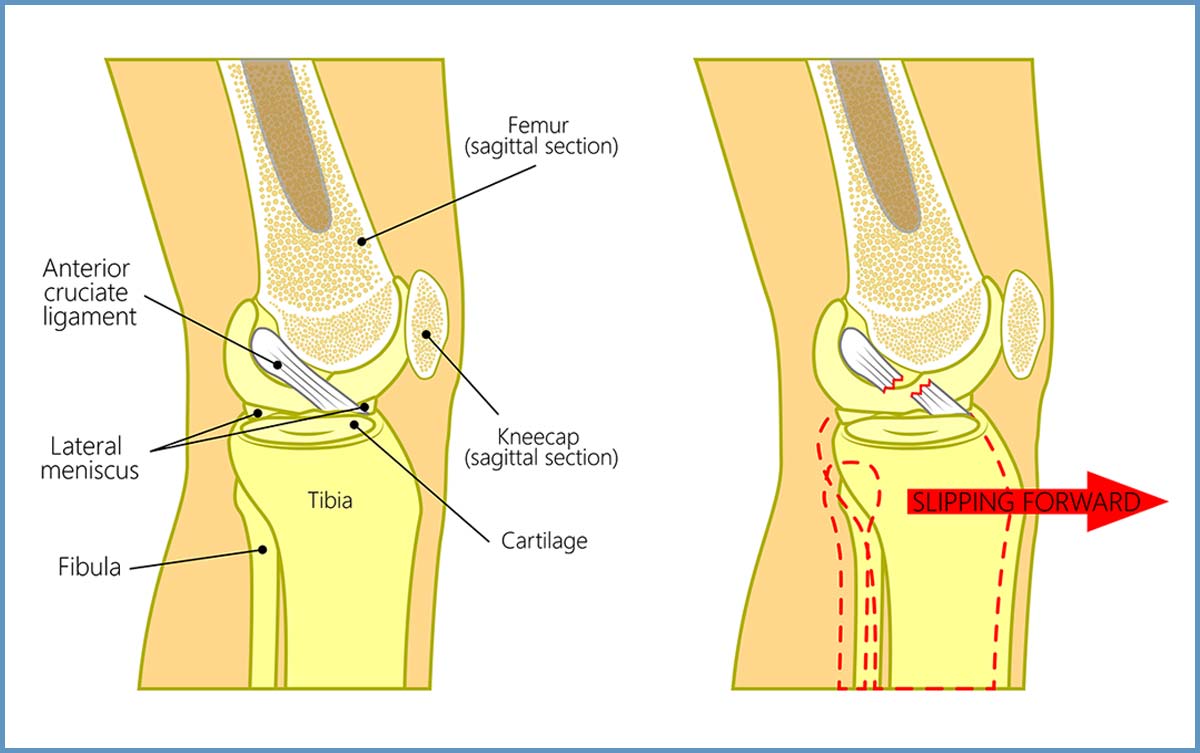 Anterior Cruciate Ligament Repair (ACL, MCL, MPFL, PCL, LCL)
Anterior Cruciate Ligament Repair (ACL, MCL, MPFL, PCL, LCL)
The ACL, or anterior cruciate ligament, is one of the ligaments in the knee. Athletes who play sports that require sudden stops and turns are more likely to experience injuries or tears to their ACLs, and tears usually have to be reconstructed surgically. The ACL is one of two ligaments that connects your thighbone to your shinbone and stabilizes your knee. With reconstruction, the torn ACL will be removed, and a tendon from your body or one from a deceased donor will serve as a graft onto which new ligament tissue will grow. The are additional ligaments in the knee including the MCL (medial collateral ligament), the MPFL (medial patellofemoral ligament), the PCL (posterior cruciate ligament), and the LCL (lateral cruciate ligament). If any of these ligaments tear, they may also require surgery. It is possible, however, for doctors to reconstruct ligaments in the knee using arthroscopy and multiple small incisions instead of one long incision.







